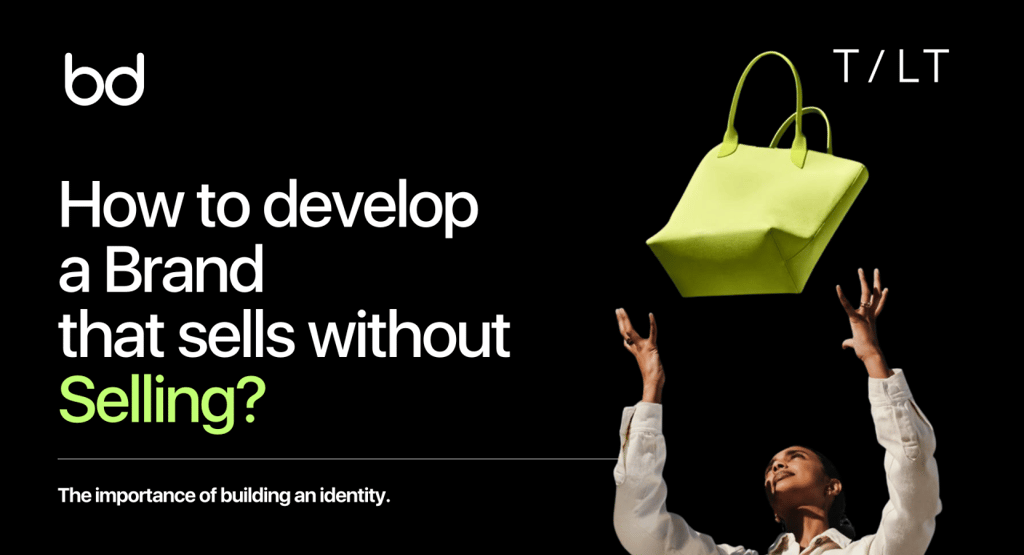How to Develop a Brand That Sells Without Selling
In an era where audiences are overwhelmed by ads, brands that pull attention rather than push for it. These are the brands that don’t need to scream “Buy now!” This article walks you through how to build a brand that earns trust, drives conversions, and fosters loyalty without sounding like a sales machine.
Brand Blinks Global
4 min read


What Does It Mean to “Sell Without Selling”?
It doesn’t mean avoiding marketing. It means building a brand so clear, trustworthy, and emotionally relevant that people are drawn to you, even before they need your product.
Think: Apple Nike Glossier, Inc.
They don’t chase customers. Their brand pulls them in.
This kind of growth is only possible through deliberate brand development, where your identity, messaging, and experience align across every touchpoint.
Why This Matters More Than Ever
+ 81% of people say they must trust a brand before buying from it [Edelman Smithfield]
+ Emotionally connected customers are 52% more valuable than highly satisfied ones [Harvard Business School]
+ In B2B, 70% of the buyer’s decision is made before contacting a sales team.
What this tells us: People don’t want more persuasion; they want more clarity, relevance, and connection. That’s what developing a brand strategy gives you.
What Makes a Brand Sell Itself?
This is a table of what brands tend to have that generate inbound attention.
Core Trait: What It Looks Like
Clear Positioning: You know what makes you different and why it matters.
Consistent Messaging: Every channel sounds like it’s from the same confident voice.
Defined Brand Personality: The tone reflects your values, not just your product.
Strategic Visual Identity: Your design builds trust and tells a story.
Relevance to Audience: You talk about customer problems more than your features.
These traits create familiarity and trust, the real foundation of long-term growth.
What “Brand Without Selling” Looks Like in Real Life
This concept can feel abstract, so here are tangible examples of how it plays out:
+ People refer your brand before they’ve even bought from you.
You’ve positioned yourself as valuable just by showing up consistently with insights or inspiration.
+ New customers already feel like they know you.
Whether through your content, community, or philosophy, they feel aligned even before a sales call.
+ Sales conversations feel like collaborations, not objections.
You don’t need to fight for attention; you’re already trusted.
The Psychology Behind Brands That Sell Themselves
Why do some brands just “click” with customers? They tap into powerful psychological principles:
+ Cognitive Fluency: People trust what’s easy to understand. Clarity builds credibility.
+ The Mere Exposure Effect: Repeated exposure increases familiarity and preference.
+ Emotional Resonance: When customers feel your brand reflects their identity, they connect on a deeper level.
Red Flags: Signs Your Brand Is Too Sales-Driven
If you’re always chasing customers and still not converting, your brand might be doing too much “telling” and not enough “trust-building.”
Common red flags:
Your messaging focuses more on offers than outcomes.
All your content feels promotional, not educational or relatable.
You’re constantly discounting just to stay competitive.
Different platforms feel like they’re run by different companies.
Customers still ask: “So what exactly do you do?”
These are signs you need to pause and develop a brand strategy that reflects your true value.
Customer Journey Touchpoints That Matter Most
A “self-selling” brand aligns consistently across the key moments in the buyer’s journey:
Website: Often, the first impression must reflect your core narrative.
Social Media: Where your brand personality and relevance show up daily.
Pitch Decks & Sales Collateral: Reinforces your story during decision-making.
Onboarding Process: Should match the brand tone promised earlier.
Support & Success Teams: Trust is won or lost here, especially in B2B.
If each of these touchpoints reflects your values, voice, and visuals, you’re building a brand that feels whole.
Common Brand Strategy Mistakes That Hurt Trust
Inconsistent tone and visuals across channels
Using jargon or complexity to sound “expert”
Trying to please everyone with generic positioning
Ignoring internal culture and team alignment
Being reactive instead of intentional with communication
When trust cracks, customers notice, even subconsciously.
Brand Maturity Scale: Where Are You Now?
Where your brand stands will influence your next steps.
Stage: Description
Reactive: You have a product, but the brand is inconsistent and unclear.
Functional: You have a name, logo, and website—but no real story.
Intentional: You’re beginning to unify your visuals and tone.
Aligned: Everyone in the org can explain your brand clearly.
Self-Selling: Customers come to you based on brand value alone.
The Roadblocks That Derail Brand Development
Brand building is about getting alignment and clarity.
Common hurdles:
Too many decision-makers. Without a brand owner, direction gets diluted.
Starting with visuals before the message. Design must follow strategy.
Fear of narrowing your focus. Clarity requires saying no to things.
Every great brand starts with a strategic core.
3 Famous Brand Development Examples
+ Airbnb
Originally: A budget travel option.
Brand Shift: Positioned around belonging and global community.
Outcome: Massive loyalty and emotional relevance beyond functionality.
+ Slack
Originally: A workplace messaging tool.
Brand Shift: A joyful way to work better together.
Outcome: Spread organically across teams, without top-down sales.
+ Spotify
Originally: A streaming app.
Brand Shift: A personalised soundtrack to your life.
Outcome: Deep connection through personalisation like “Wrapped.”
Data-Backed Impact of Strong Branding
Let the numbers speak:
+ Brands with consistent presentation see up to 33% more revenue Lucidpress (Marq)
+ 71% of B2B buyers say brand reputation is the top driver in choosing vendors McKinsey & Company
+ 52% of consumers say they’re more loyal to brands whose values match their own Accenture
Strong branding isn’t just design, it’s a business growth lever.
FAQs
Q1: Is “selling without selling” just content marketing?
Not quite. It’s about building a brand that makes buying feel obvious, not forced.
Q2: Can a small business build this kind of brand?
Yes. It’s not about size, it’s about clarity and alignment.
Q3: How long does it take to build a self-selling brand?
You can start seeing clarity in 6–12 weeks, but ongoing refinement is key.
Q4: What should I prioritise first?
Get your positioning and messaging right before focusing on visuals.
Q5: Do I need a brand development agency?
If you're stuck or moving fast, a brand development agency can help bring objectivity and structure.
About Brand Blinks Global
Brand Blinks Global is a strategy-first brand consultancy helping B2B companies align their identity, messaging, and customer experience for business growth. From audits to positioning to creative execution, we bring clarity, consistency, and confidence to how your brand shows up in the world.
Explore how we can sharpen your brand → Work Spotlight


© 2025 BRNDXMORPH Media Worldwide Private Limited. All rights reserved
Brand Blinks Global is an independent global brand consulting x transformation company.
The trademarks, logos, and service marks displayed on this site are the property of their respective owners.
"Brand Blinks Global," "Brand Blinks," "Made for the Uncommon," and the "bd" logo are trademarks or registered trademarks of BRNDXMORPH Media Worldwide Private Limited.
RESOURCES
INTELLIGENCE
BUSINESS
PARTNERSHIPS
COVERAGE
EXPLORE
Made for the Uncommon


When your brand grows, others rise too. 2% of your project empowers a nonprofit we back together every year.


